Now that we’ve crossed the Gulfstream twice, I feel like I can finally share what we’ve learned. And learn it the hard way, we did! From a bad weather report, to rushing to get there, we made mistakes a-plenty. Here are a few of the things we learned, in the hopes that you learn from them as well.
Our First Gulfstream Crossing
Ok, so let’s start out with what our first crossing was like. We spent the night on a mooring ball in Dinner Key Marina. While it added an hour to our crossing time, vs staging at No Name across Biscayne Bay, we felt secure on the ball and thought we’d get a good night’s sleep. (We’ve since changed our tunes, and feel safer at anchor than on a ball – but that’s a different post). Unfortunately, it was rocking and rolling like crazy all night – and we got no sleep. So we left for our 40 mile trek to Bimini with no sleep.
Mistake number one. If it’s crazy in the bay – WHY did we expect the ocean to be CALMER?! We were anxious to go and rushed it.
For a few days before leaving, we listened to weather on the VHF. We got a report of winds switching from NE to E, with 15 knots and 3′ to 5′ seas. Naively we determined that to be a good forecast. Arrangements were made, and while we wanted 10 knots of wind or less, we opted to go for the 15 knots. How bad could it be?!
Mistake number two. If it’s too rough, freaking turn around already.
We got up before the sun and motored our way across the bay to the Stiltsville inlet. We have a deep draft. (6.2 ish) For some reason, exiting the shallow inlet in our deep draft, at low tide in 4′ seas sounded like a good plan (lack of sleep, maybe?) It was sketchy for us getting through the inlet – and while we’ve always said “if it’s too rough, we’ll just turn around,” once we got out that inlet, we did NOT want to turn around and go back. In hindsight, we should’ve just gone north up the coast and into the Miami inlet to wait a couple of days.
Mistake number 3. Weather Source(s)
Continuing East, we quickly realized just how bad of a weather forecast we received. Seas were high – I’m talking easy 7′ and up. And CHOPPY. The gulfstream runs north, the winds were opposing and high – 20 knots with 25+ gusts, not the 15 predicted. The result was a bouncy, terrifying crossing. We were not happy, the dogs were not happy. But once we were in the gulfstream, we felt we should keep going. Surely the winds would calm, right? The weather man said so. But, no. Waves crashed over the bow – often times taking spray over the first level spreader bars. We rocked back and forth and side to side. Our course was set for south of Bimini, in order to use the gulfstream to ride north. We just chugged on with sails out and the motor on. Even though everything below was stowed – things began to break loose and fly across the salon. Eventually we used the autopilot and both sat in the cockpit, facing aft (backwards), holding the dogs and rode the roller coaster ride – hoping we didn’t die.
Because we were only able to go an average of 3.8 knots as we bashed into the wind and seas, the 40 mile trip took 13.5 hours. We left before sunrise, yet still arrived well after sunset. Pitch black night at a new inlet? Not smart. That meant we had to not only come into shallow waters without being able to see potential coral heads, but that we also had to drop anchor using a spot light as our only guide.
Mistake number 4. Arriving in a foreign port after dark.
There is no reason to arrive after dark. But we did. Our average speeds on Luna Sea are typically 5 knots or so. We did not take into account the possibility that even with sails up and engine running, we might make a slower go of it. Leaving at 5am for the 40 mile journey, in our brains at least, meant 8 hours. So that means a 1pm arrival, right? But what about that hour to cross the bay, plus a buffer for unexpected delays? We still thought we had that, but boy were we wrong, This resulted in me sitting on the bow with a spotlight, while Mark motored slowly up toward a marked anchorage in the pitch black of night. While reading the water colors for depth is a skill we picked up pretty quickly once we got there, we had no idea what we were doing when we first crossed. Going from the brown waters of the ICW to the turquoise beauty of the Bahamas was actually terrifying. We could see the bottom – and everything sitting down there. (Hello, little starfish!) Surely we were moments from running aground!
Mistake number 5. Worrying about the dogs.
The dogs were not only terrified by the crossing, but they became downright dangerous. Prior to crossing, both dogs have been fine with sailing. Now they hate it. It’s our fault, due to our poor choices. Now they tremble whenever the engine starts. They are starting to relax again, 5 months later, but it’s slow going. We tried to have them wear their life jackets, but they invariably came out of them. Molly kept trying to follow Mark everywhere – including those times he, unfortunately, had to go forward of the cockpit. It was hard enough for him to keep safe, worrying about Molly was an unnecessary added risk. I tried to keep her in the cockpit, while hand steering in crazy seas. My priority had to be to keep Mark safe. An attempt at putting them below failed miserably. I didn’t want to be down there, so I sure couldn’t expect them to feel safe about it either. We eventually had to tether both dogs to the cockpit table. It was awful. What if we’d had a catastrophe and the boat sank? How would we free them? The dog stress just compounded the stress of everything else.
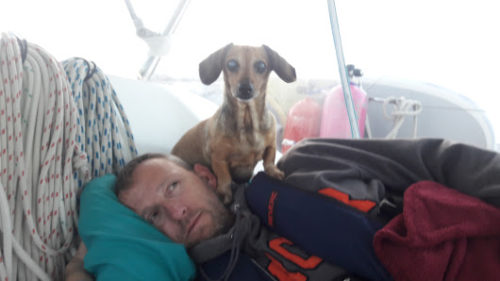
Lesson 1: Slow Down
There is absolutely no question about it – we rushed our crossing. After spending 6 years prepping and learning, I will admit to being in a rush to finally hit “The Islands.” As a result, we rushed the weather window. This is the #1 reason our crossing sucked. We listened to the VHF weather reports for a few days, and took off as soon as there was a report for 15 knots out of the East. But between the dog paperwork (see below), ignorance of appropriate weather sources, and just plain ol’ excitement – we jumped the gun. Ridiculous, in hind sight. If it’s crazy in the bay, it’s crazier in the sea. Have fun where you are, and get where you are going when it is safe to proceed. Remember folks, it’s about the journey, not the destination!
Lesson 2: Weather
Find multiple, consistently reliable weather sources AND give the seas a day or two to calm down after a NE blow. We now use the Windfinder and PocketGrib apps, as well as WindyTY and Accuweather. I have become addicted to weather, and am thoroughly enjoying learning about the cycles that run through the Bahamas. You consistently (this season, at least) have East, then South, then briefly West, then back to North/North East. East is prevailing – and is what makes hanging out on the west side of the islands so magical. But West winds mean it’s calm on the Atlantic/East side of the islands – so we tried to always take advantage of those days by spear fishing, snorkeling, and generally exploring the waters that were usually too rough to attempt in our 8.5′ dinghy with Easterly winds.
Lesson 3: Plans can – and SHOULD change accordingly
Even though we should’ve known not to leave the bay, as soon as we saw the sea state we should have changed course and headed back to a safe haven. If weather goes down the toilet, always make your decisions based on SAFETY.
Lesson 4: Expect Delays
Due to inexperience, we thought we had given ourselves plenty of time to cross and arrive well before sunset. But you know what would’ve been better? To plan to be in the gulfstream when it was still dark… At our normal speeds (5 knots or so) it should have taken 8 hours to cross 40 miles, right? To have full sun – and visibility of coral heads, etc, it would’ve been nice to arrive about 10am-noon. So subtract those 8 hours and leave well before sunrise. If we’d done an overnight trip – and had bad seas/slow speeds, we still would’ve had plenty of day light even after 13.5 hours. Expect the best, prepare for the worst!
Another priceless lesson for planning? Explorer Charts. Get them. They are amazingly accurate. Of course we didn’t realize this when we arrived after dark, so we didn’t fully trust them. We should have. That would have made anchoring in the dark much less stressful. But I still don’t recommend navigating in unknown waters after dark in the Bahamas. There are those pesky coral heads everywhere! (Although a surprising number are actually marked on the charts)
Lesson 5: Dogs
I think we could have done a better job training the dogs. Maybe we should have always had them tethered when we are under way? Or trained them to stay below in one of the bedrooms? I don’t know the solution yet. I just know that letting them run freely in the cockpit is not it.
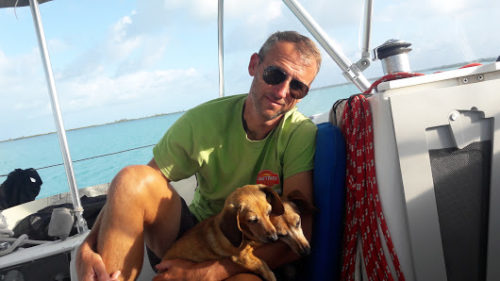
In addition to their fear, we also had the perceived rush of Dog Paperwork. We arrived in Miami in November – and aimed for Coconut Grove. Rumor had it that there was an international vet within walking distance of the Dinner Key Marina. In order to get the dogs into the Bahamas, we’d already handled all the permits well in advance – but still had to have them seen by a vet within 48 hours of checking into the Bahamas. This means we had to know our weather window and, at the last minute, get an appointment and get the paperwork handled. The Vet was adamant that we be to the Bahamas within 48 hours. I understand this – as her license is apparently on the line if she “falsifies” documents. What we didn’t know at the time was that the Bahamian officials didn’t really care. They understand the boating world – and I feel certain that if we’d held off a day or two, they would have let us in regardless. I’m not saying you should blow off the “urgency”, but next time, we will. Safety first. We followed all the steps required to get the pups in legally, and a day of waiting in the States would not have prevented us from entering the Bahamas. And it just may have kept them from being traumatized.
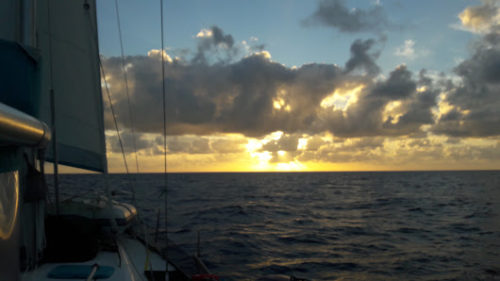
Crossing the Gulfstream the 2nd Time
In my last post, I documented a bit of our second crossing. (There will be a video, too!) Short of having dead calm seas, and thus no wind for sailing, I don’t think we could have had a smoother trip. We didn’t even turn on the engine until we were half way across the stream. We knew the inlet we were heading for, we had back ups available (Ft. Lauderdale, etc) in case we wanted to drop anchor early, and we had plenty of rest before and during the trip. Our weather reports were cross checked on 4 or more sites and we found a great weather window that worked for us. The dogs even had a good time. It was calm enough for me to do yoga on deck and Mark caught a giant Barracuda. While the winds had a slight Northerly component for the first half of the trip, we were able to use them to push us along from East to West. It was, for us, an ideal crossing.
Best Lesson Learned
Our boat is AMAZING. She handled the seas much better than we did. She kept us safe and handled beautifully. The only “failure” of the entire 4 month trip was actually our fault. The mechanical stuffing box began leaking on a passage from Eleuthera to the Abacos. We mistakenly thought we had a dripless shaft -and therefore there was basically no maintenance needed. Turns out our model has a rubber stuffing box that needs to be burped and lubed. Fortunately we have a Production Boat, and the Volvo part was in stock at the Abaco Boat Yard – for a very reasonable price. Other than this, there were absolutely no boat problems during the 4 months of constant travel from island to island. I’m sure part of that is our insistence on staying on top of general maintenance (oil changes, etc) but also because she’s just a great boat! Added bonus? We trust her now more than ever.


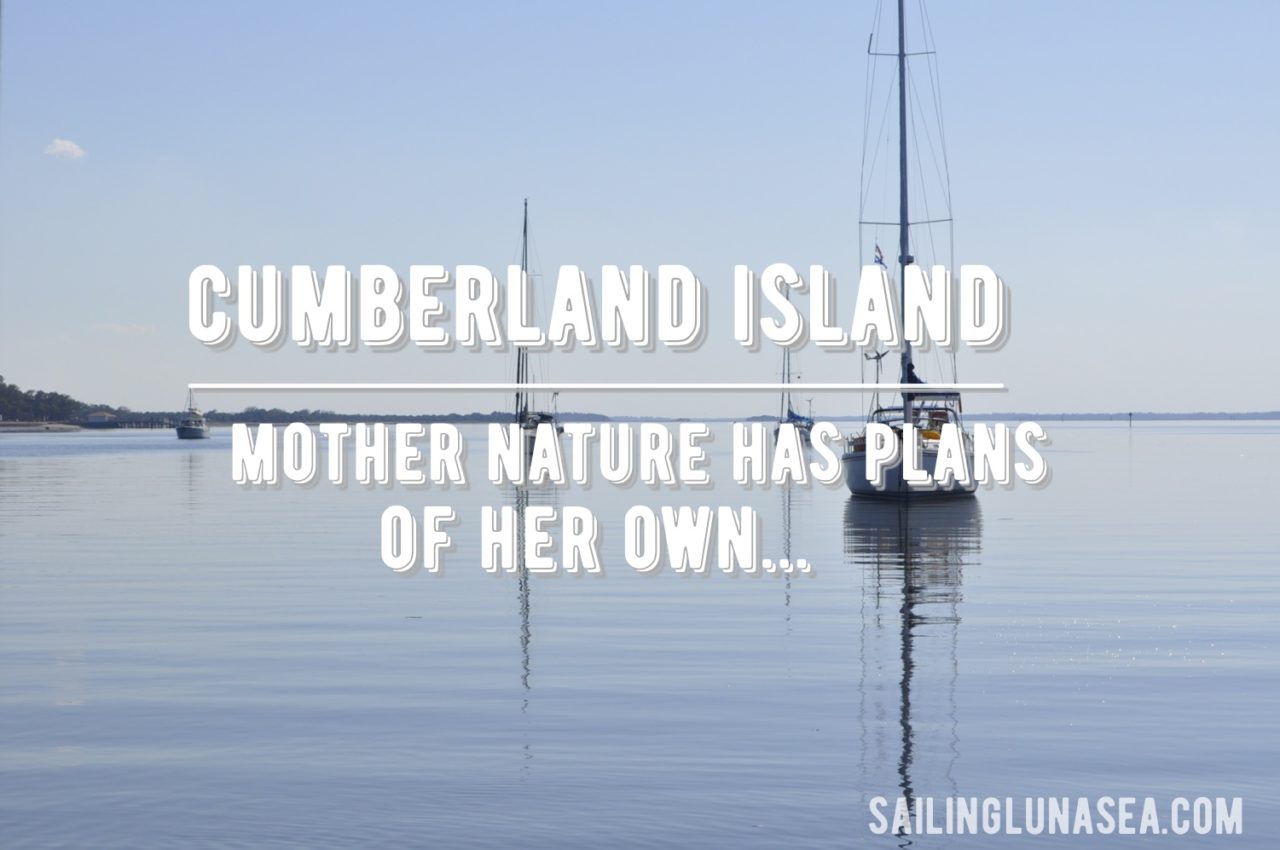
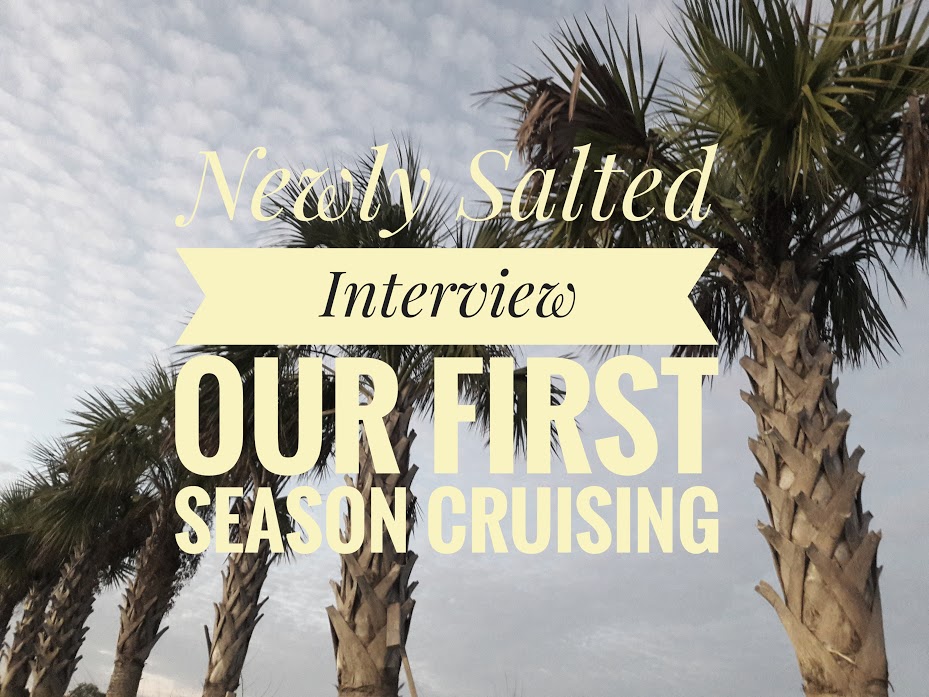
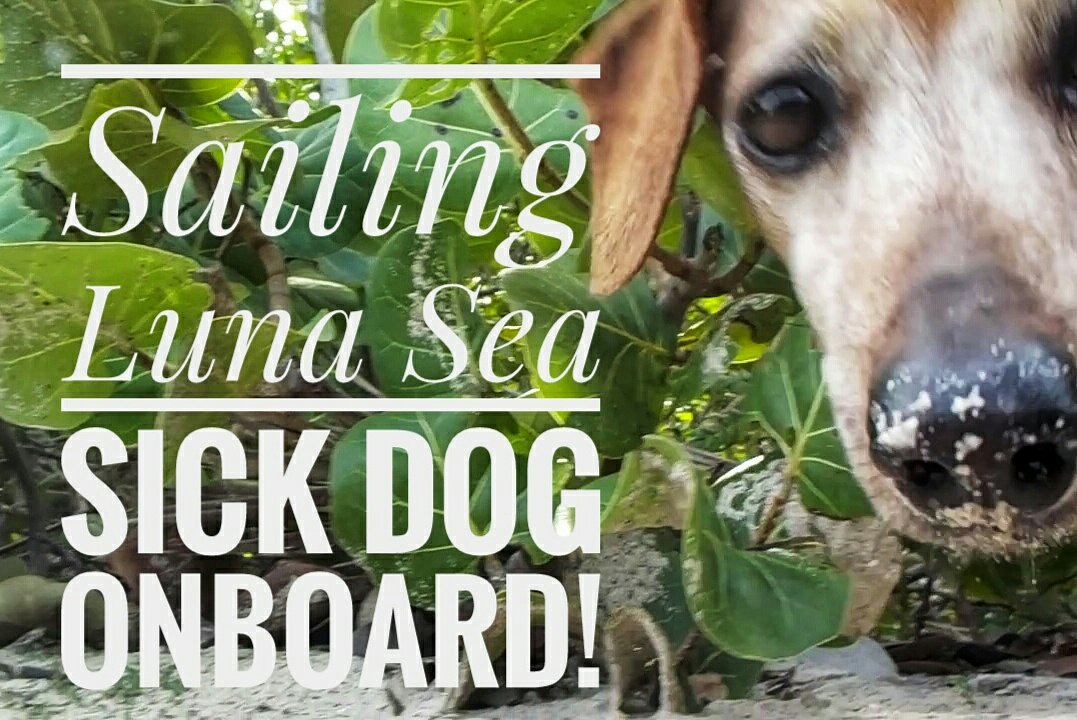
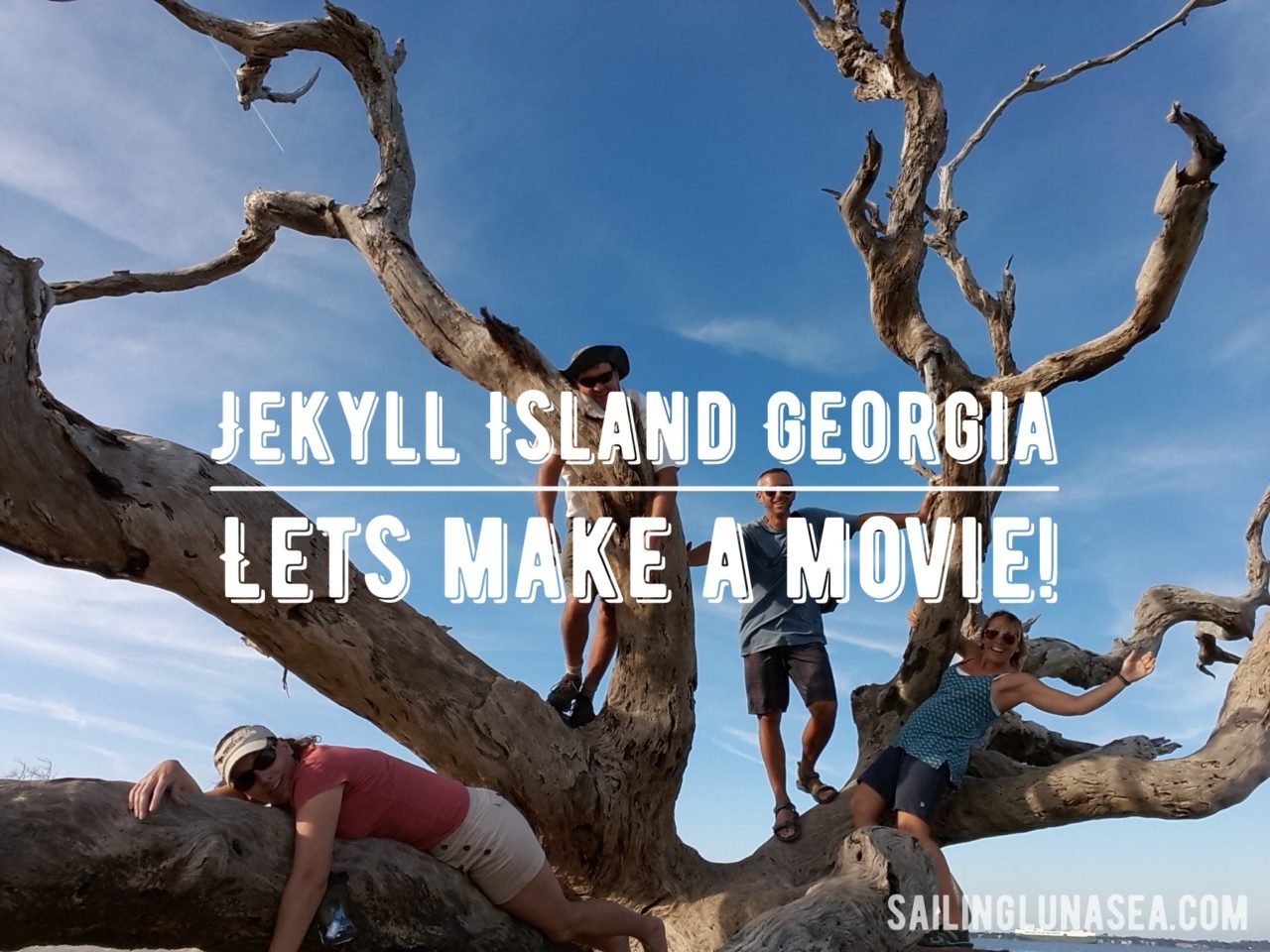
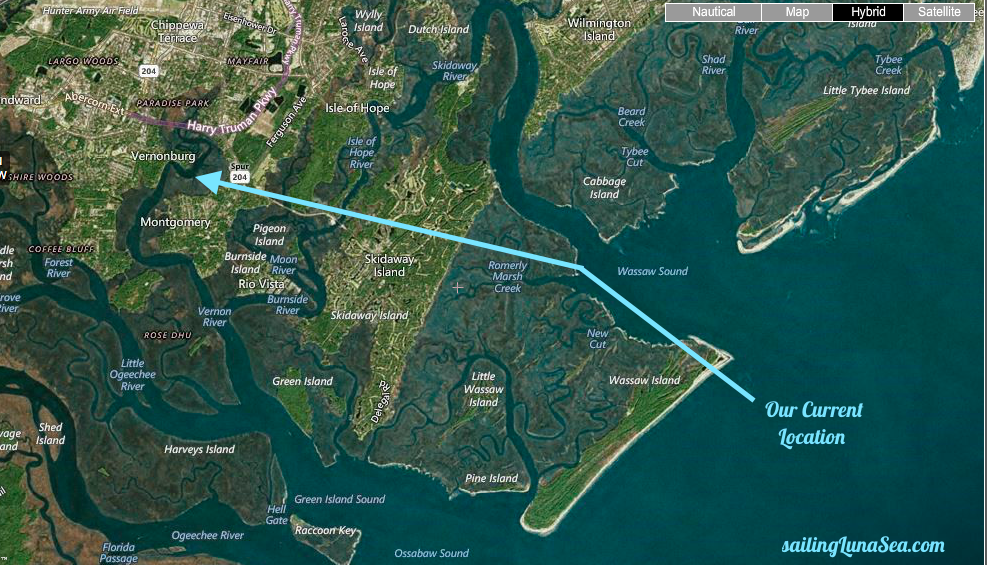
Thank You! Thank You! Thank You! This was the type of post I’ve been looking for. What you learned. What you did right and what you would do differently. It is this kind of post that makes me ready to untie the line.
Hopefully we can hear more details over a cocktail at some point.
Take care, Tammy
Wow! You sound like seasoned sailors now 🙂
It gets better!
We are getting there!
UMMMMM…That had some REALLY SCARRY moments ! ! ! ! Bout you seem to have had a MOST WONDERFUL adventure and all four are still alive ! ! ! ! ! LOVE YOU DEARLY !! ! !Can hardly wait to SEE and HUG you ! ! ! ! <3 <3 <3 <3
Yes – there were definitely scary moments! But worth it. 🙂
Great lessons learned and good tips for folks looking to do the crossing.
Thanks Ellen! We always seem to want to learn them the hard way… Have fun over there!
No experience with dogs at sea, but these lessons are spot on. A valuable resource on the Interwebs! Hope people read this *before* they hit the Stream!